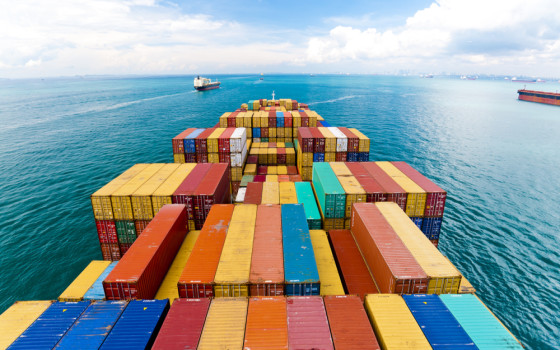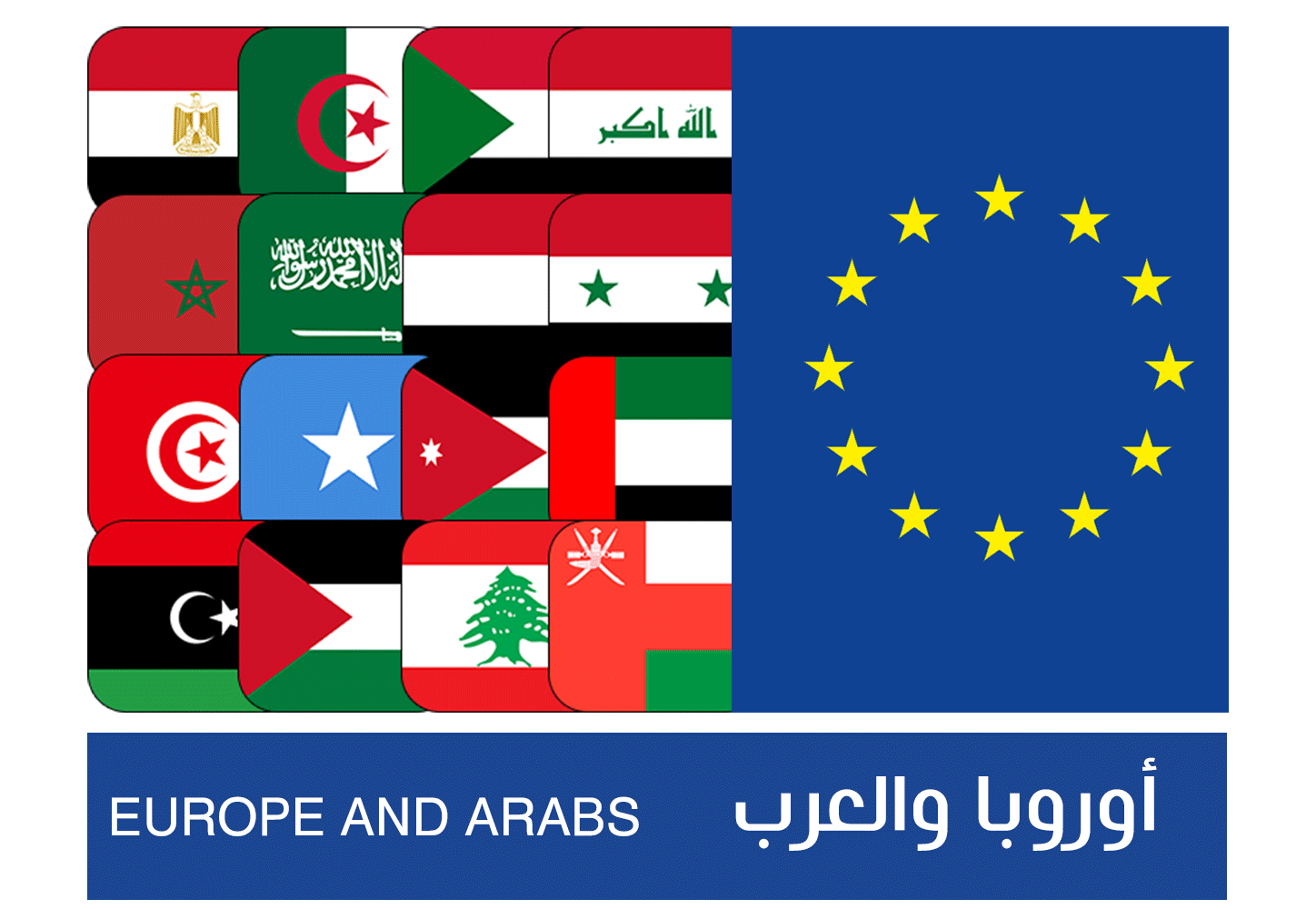
The EU-Canada Agreement enters into force, contributing to simplifying customs cooperation to facilitate trade.

- Europe and Arabs
- Saturday , 2 August 2025 7:32 AM GMT
.
Brussels: Europe and the Arabs
The European Union and Canada have officially entered into a mutual recognition agreement for Authorized Economic Operators (AEO) programs, which will facilitate trade and enhance customs cooperation between the two regions. According to a European statement issued in Brussels, implementation will begin in early August. The statement added, "This agreement helps simplify customs procedures and enhance supply chain security for companies on both sides of the Atlantic. It recognizes the European Union's Authorized Economic Operators (AEO) program and Canada's Protection Partners initiative, which contribute to simplifying customs procedures and enhancing supply chain security for companies on both sides of the Atlantic. Obtaining a license under either program enhances a trader's reputation as a safe and reliable partner, which enhances marketability and brand strength. This enhanced reputation stems from the programs' strict audit and compliance requirements, which signal to partners and regulators that a company meets high standards of safety, reliability, and trust.
Furthermore, the Mutual Recognition Agreement helps companies manage complex global logistics while maintaining higher security standards. This agreement also facilitates trade between the European Union and Canada through its alignment with the World Customs Organization (WCO) framework for the Comprehensive Free Trade Agreement (CETA), complementing the Comprehensive Economic and Trade Agreement (CETA).
Other benefits for traders include reduced inspections and faster processing times. Clearance. Members of the EU's Authorized Economic Operator (AEO) program and Canada's Public-Private Partnership (PIP) program receive priority treatment at the border, with their status being positively factored into customs risk assessments. This results in reduced inspections and faster shipment processing, saving time and costs during periods of trade volatility.
In addition, the MRA includes a business continuity mechanism that facilitates customs clearance processes when trade resumes following disruptions—such as security alerts or border closures.
In the future, customs authorities will work to raise awareness of the MRA through guidance documents and collaboration with industry stakeholders. Traders are encouraged to update their documentation to reflect their AEO/PIP status and take full advantage of the agreement's benefits.,












No Comments Found